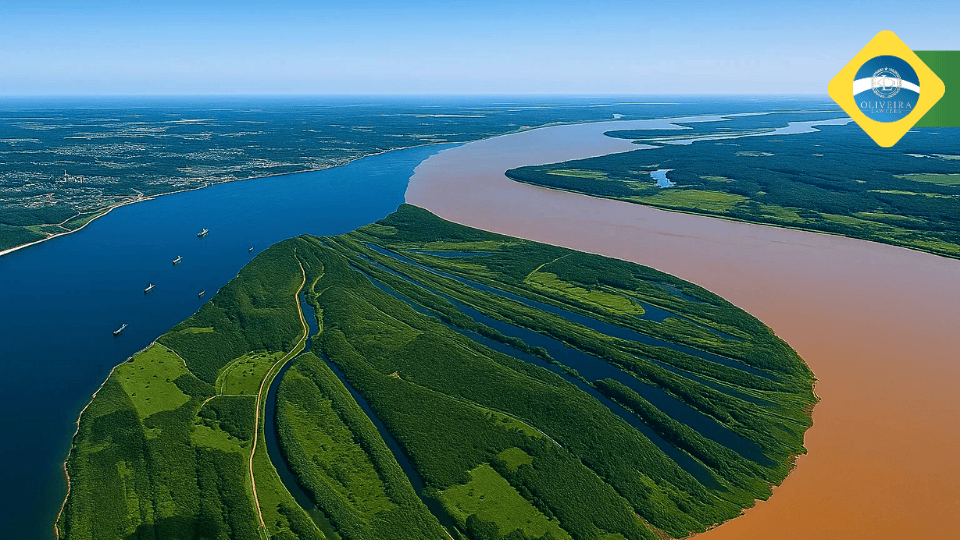Amazonas, Brazil – Gateway to the World’s Largest Rainforest

Covering more than 1.5 million km² of rainforest, Amazonas offers unmatched biodiversity and riverine adventure. Many expatriates find living in Amazonas a chance to wake up to river mist and endless green canopy. Professionals working in Amazonas fill roles in eco-research, logistics and sustainable forestry. With lower Amazonas cost of living than larger coastal states, newcomers often enjoy a high quality of life on a modest budget.
1) Amazonas Location and Geography
Bordering Colombia, Peru and Venezuela, the state follows the Amazon River and its tributaries in a vast inland expanse. Manaus, the capital, sits at the “Meeting of the Waters” where dark Rio Negro meets sandy Rio Solimões. Elsewhere, floodplain forests (várzea) and terra firme uplands shape seasonal life cycles. Those considering living in Amazonas often choose Manaus or river towns like Tefé for access to research centers and transport.
Suggested resource: Government of Amazonas portal website (www.am.gov.br) for geographic and administrative updates.
2) Amazonas Cultural Highlights
Cultural life blends indigenous traditions, Portuguese colonial heritage and modern urban influences. The Parintins Folklore Festival each June celebrates the Boi-Bumbá legend with music, costumed dances and community rivalry. Manaus Opera House, a restored rubber-era gem, hosts world-class performances under tropical skies. Artisan fairs along riverbanks showcase indigenous crafts, giving those working in Amazonas’s tourism sector a window into ancestral arts.
Suggested resource: Museu da Amazônia official website (www.museuamazonia.org.br) for insights into regional culture and conservation.
3) Main Cities
4) Economy and Investment Opportunities
Agribusiness, sustainable forestry and ecotourism drive economic growth alongside Manaus’s free-trade zone manufacturing. Key products include Brazil nuts, açaí and ethical timber. Investment in river logistics and renewable energy also expands. Thanks to its lower Amazonas cost of living, new ventures benefit from reduced overhead compared to coastal hubs. Partnering with local cooperatives and meeting regional regulations paves the way for successful entry.
Suggested resource: Federation of Industries of Amazonas website (www.fieam.org.br) for data on industrial sectors and networking.
5) Tourism and Nature
Ecotourism thrives on river cruises through Anavilhanas Archipelago and guided treks in Jaú National Park. The Anavilhanas World Heritage site offers boat safaris among flooded forests, while Amazon river lodges teach wildlife spotting and indigenous survival techniques. Meeting the local communities along the Rio Negro provides cultural exchange and river canoeing adventures.
Suggested resource: Tourism Department of Amazonas website (www.turismo.am.gov.br) for up-to-date river tour programs and park permits.
6) Lifestyle and Infrastructure
Manaus International Airport connects to São Paulo, Brasília and beyond, supporting both trade and travel. Urban areas have modern hospitals, shopping centers and broadband internet. In contrast, many river communities rely on boat transport and satellite links, creating a slower pace that appeals to those seeking immersion. Local outlets report on ongoing infrastructure projects, improving highways and telecom across Amazonas.
Suggested resource: Diário do Amazonas website (www.diarioam.com.br) for news on infrastructure developments and local events.

